Food market halls are a dime a dozen in Spain. Every single town of a certain size has one, at least one, where locals and visitors alike come to drink, shop and dine on fresh seafood, classic tapas, hand sliced jamon and much more. They are the loud, beating hearts of the cities. While some of them reopen in the evening, most of these markets are primarily daytime-activities, usually they close around 3pm, when you’ll see the shops shuttering while diners still linger in the aisles, drinking small glasses of beer and cava, while nibbling on whatever specialty that particular market is famous for.
Speaking of famous, some of the most well known ones have become their cities top tourist attractions – like Boqueria in Barcelona and Mercado San Miguel in Madrid, to the point where the locals are getting tired of not being able to get a table at their favorite bar and have to stand in line with tourists from all over the world to have lunch.

In Granada, the bustling mountain-city in Sierra Nevada just a few north of the Costa del Sol, the market isn’t exactly the main tourist attraction. It has a slightly more famous neighbor, the impressive Moorish castle Alhambra, which draws millions of visitors to the city every year. This means that the most central market in the city – the Mercado de San Agustin – is still pretty much a local haunt.
The market itself has a rich history dating back to the 19th century, when it was established to centralize food trade in Granada’s growing urban center. Though the current building, with its distinctive archways and iron detailing, was renovated in the early 2000s, it stands on the same spot where Granadinos have been shopping for generations. The name honors the San Agustin monastery that once stood nearby during Granada’s post-Reconquista era. Unlike some of Spain’s markets that have completely transformed into tourist destinations, San Agustin has managed to maintain its authentic local character while slowly evolving to include modern dining concepts.
Yes, foodie tourists do find their way there, but on any given day, they will be outnumbered by locals having lunch, drinking and enjoying themselves in the most Spanish way possible. This is what they do better than almost anyone else in the world.
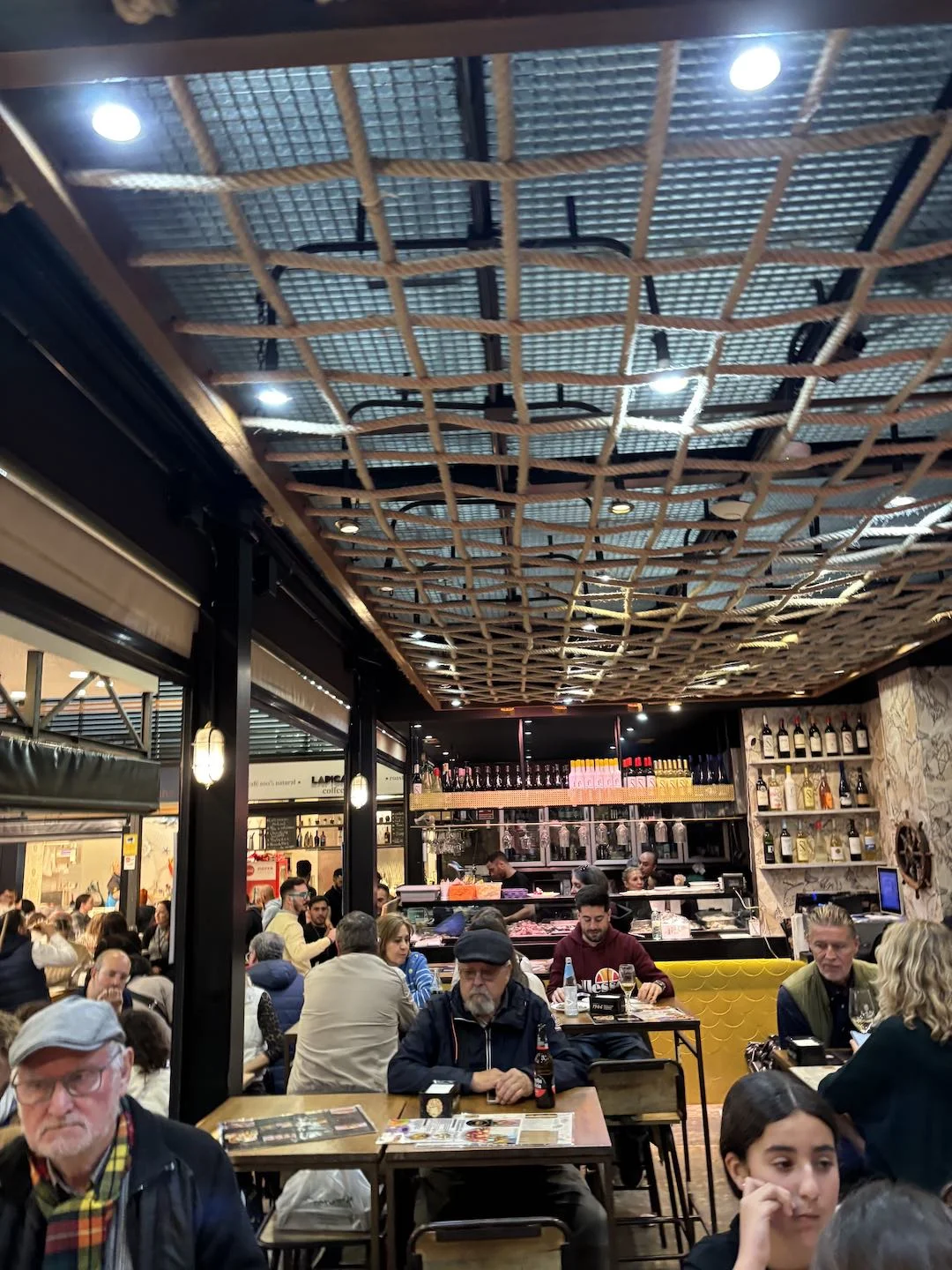
In the middle of the market is Materia Prima, a wildly buzzy restaurant that comprises of several food stalls that serve as suppliers to diners. Just like markets, this is a type of restaurant that exists all over Spain, mixing a fun vibe with simple, delicious dishes and the freshest seafood you can imagine.
After a short wait, you’ll take a seat at one of the many high tables, and immediately be surrounded by an ongoing fiesta of flowing drinks, loud conversation, and every type of edible sea creature you can think of. Locals of all ages meet here to gossip, eat, have a couple of beers and catch up on the latest.
You can order in a couple of different ways. There’s a normal menu that covers everything from traditional Spanish tapas to Asian-inspired seafood dishes and even sushi from their sister restaurant in the same market. My advice? Skip the menu, because the real treasure is at the fish counter just next to the restaurant. Head over there, perhaps with a drink in hand, pick out whatever you want cooked from the counter – multiple types of prawns, mussels, lobsters, clams, fish – pay for it (cheap!), and then tell the fishmonger what table you’re sitting at. 10 minutes later, they will show up at your table, grilled simply a la plancha, steamed, or fried depending on your preference.
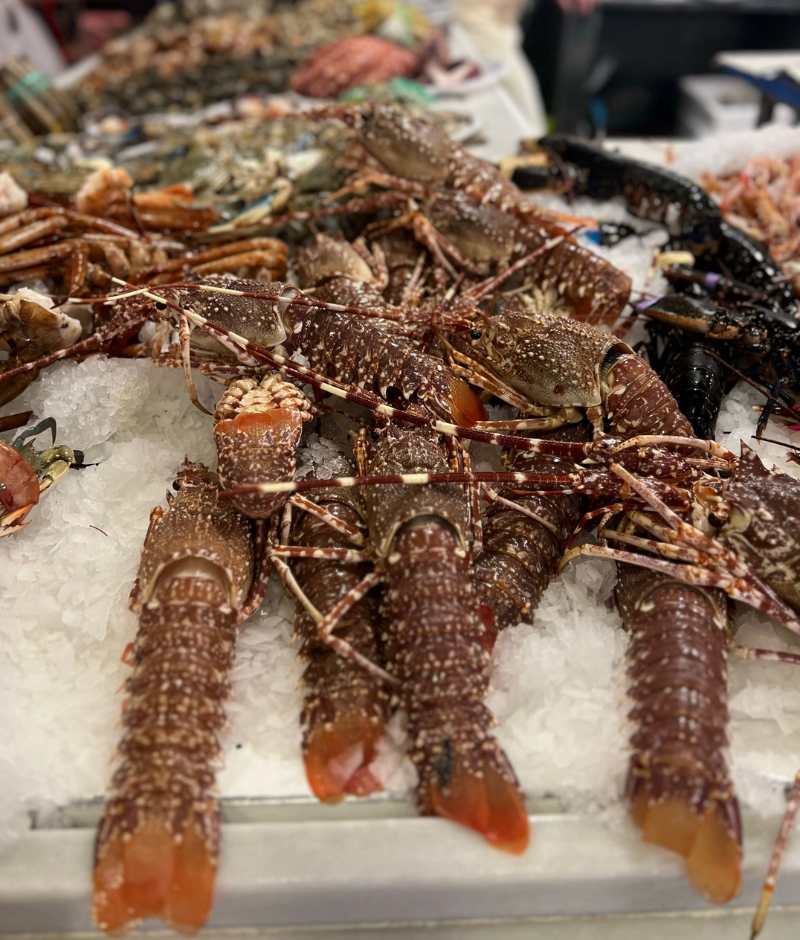

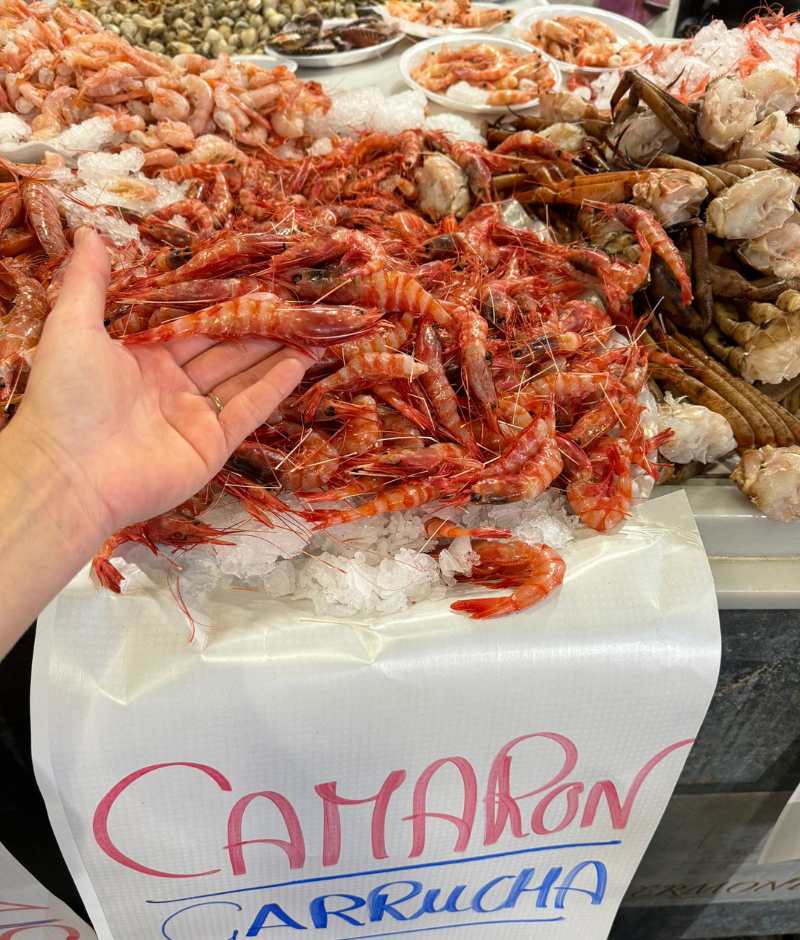 As your afternoon progresses, perhaps head over to the counter again, pick out some oysters, maybe share a crab with your fellow diners. The seafood is incredibly fresh (even if you’re in the mountains, the ocean is just down the road), and the sheer variety of deliciousness on display is almost exhausting.
As your afternoon progresses, perhaps head over to the counter again, pick out some oysters, maybe share a crab with your fellow diners. The seafood is incredibly fresh (even if you’re in the mountains, the ocean is just down the road), and the sheer variety of deliciousness on display is almost exhausting.
Add to the experience that the place is absolutely popping. People stand in line throughout the lunch-period, but the servers are patient, friendly and very helpful. Even during peak hours, the wait is usually no more than 10 minutes. They’ve been doing this since 1947, so they have their details down.
While you eat, you can also make small excursions to some of the other stalls. Maybe pick out some lovely Iberico ham for later, or grab some fresh fruit for your morning smoothie. But make sure to come back to Materia Prima, the beating heart of the market, and by that, perhaps the heart of Granada.
Materia Prima
Mercado de San Agustín
Pl. de San Agustín, 2, Centro, 18001 Granada
Spain
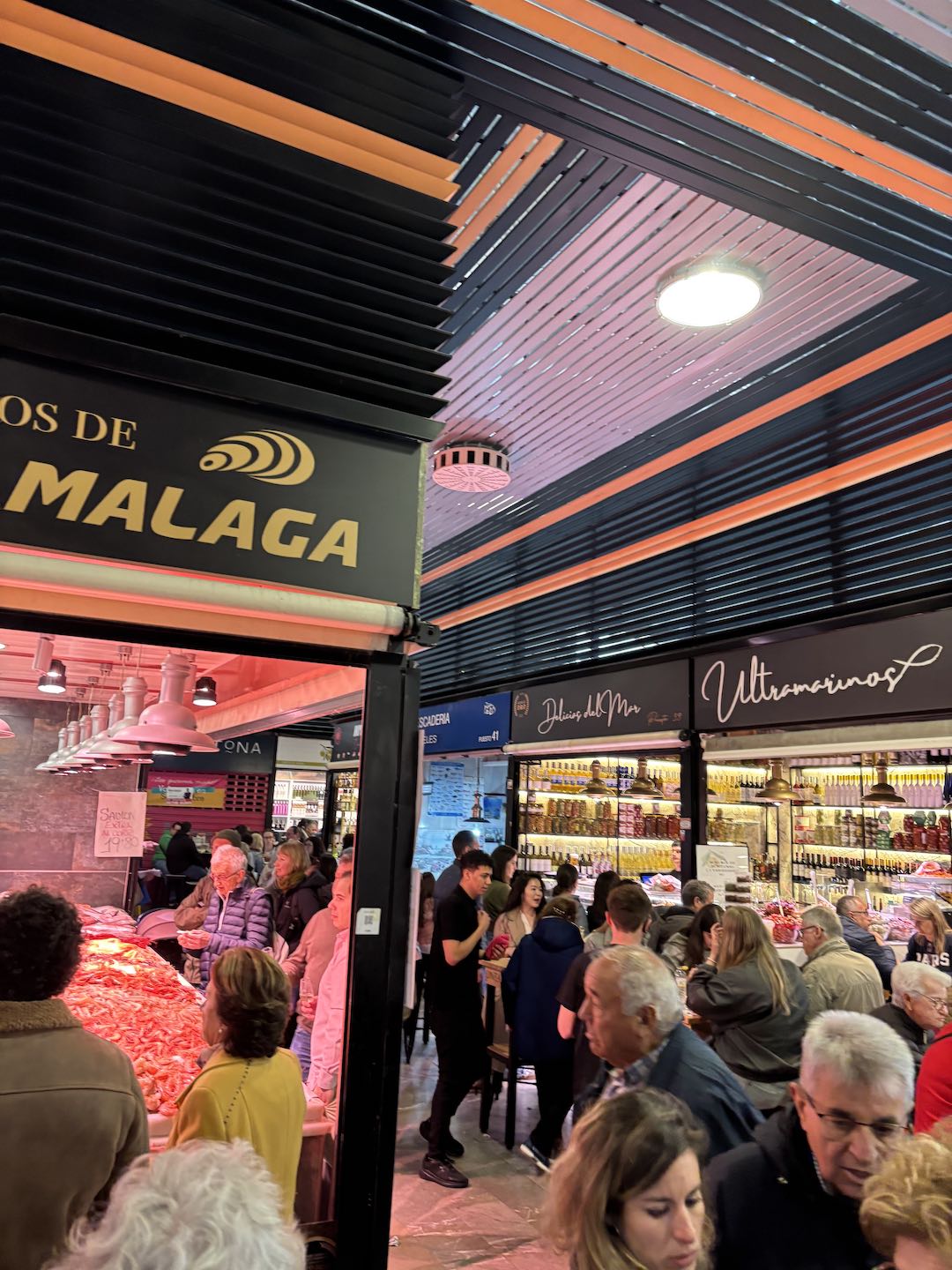
If you liked this, you are going to love these favorite culinary travel tips:
Places We Love: Café Paris in Hamburg – The Quintessential French Bistro
Sips Esencia: The World’s First Liquid Tasting Menu
Doubek: Vienna’s Fiery New Restaurant Sensation
A Fire-Kissed Culinary Pilgrimage: The Wild Magic of Knystaforsen


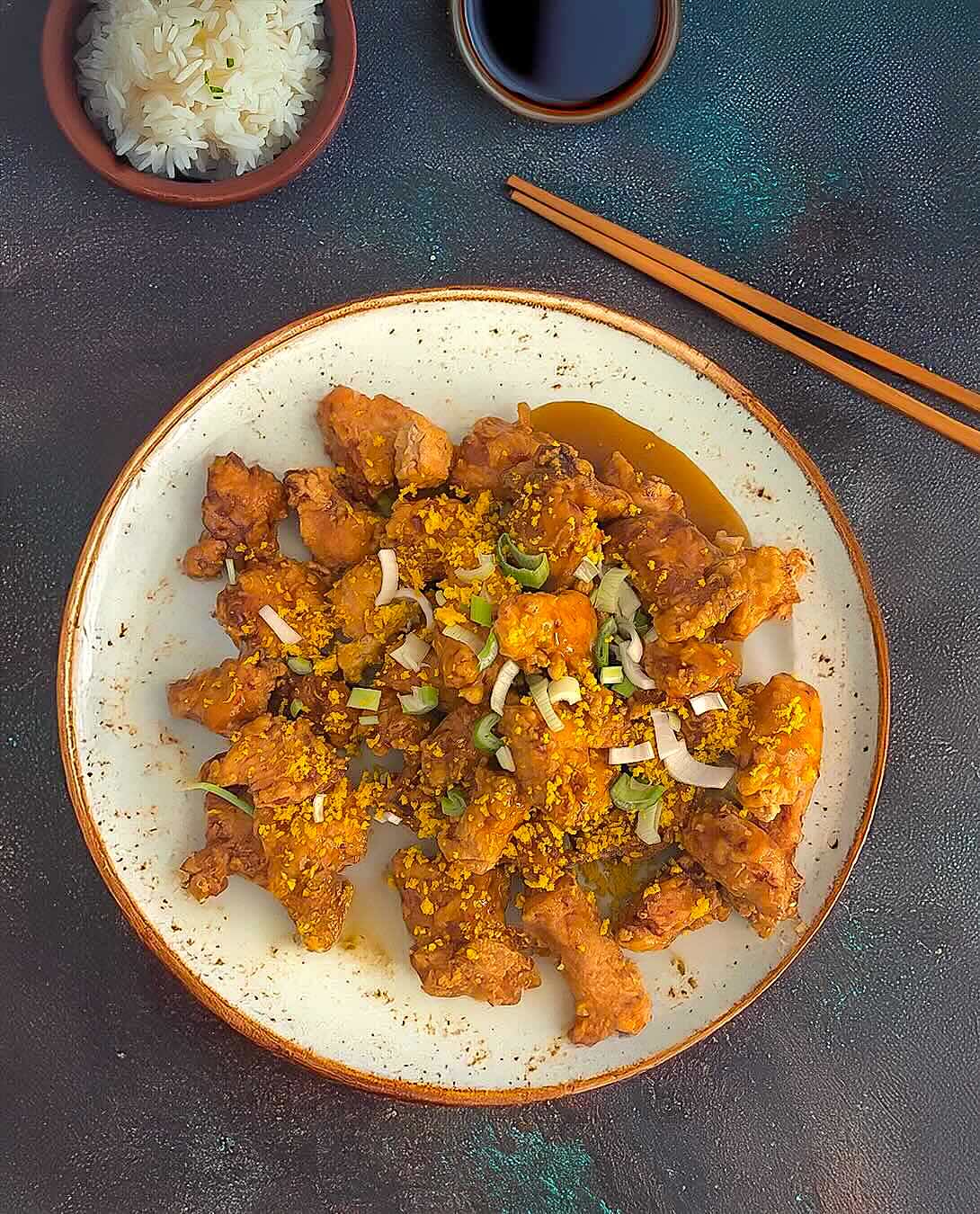
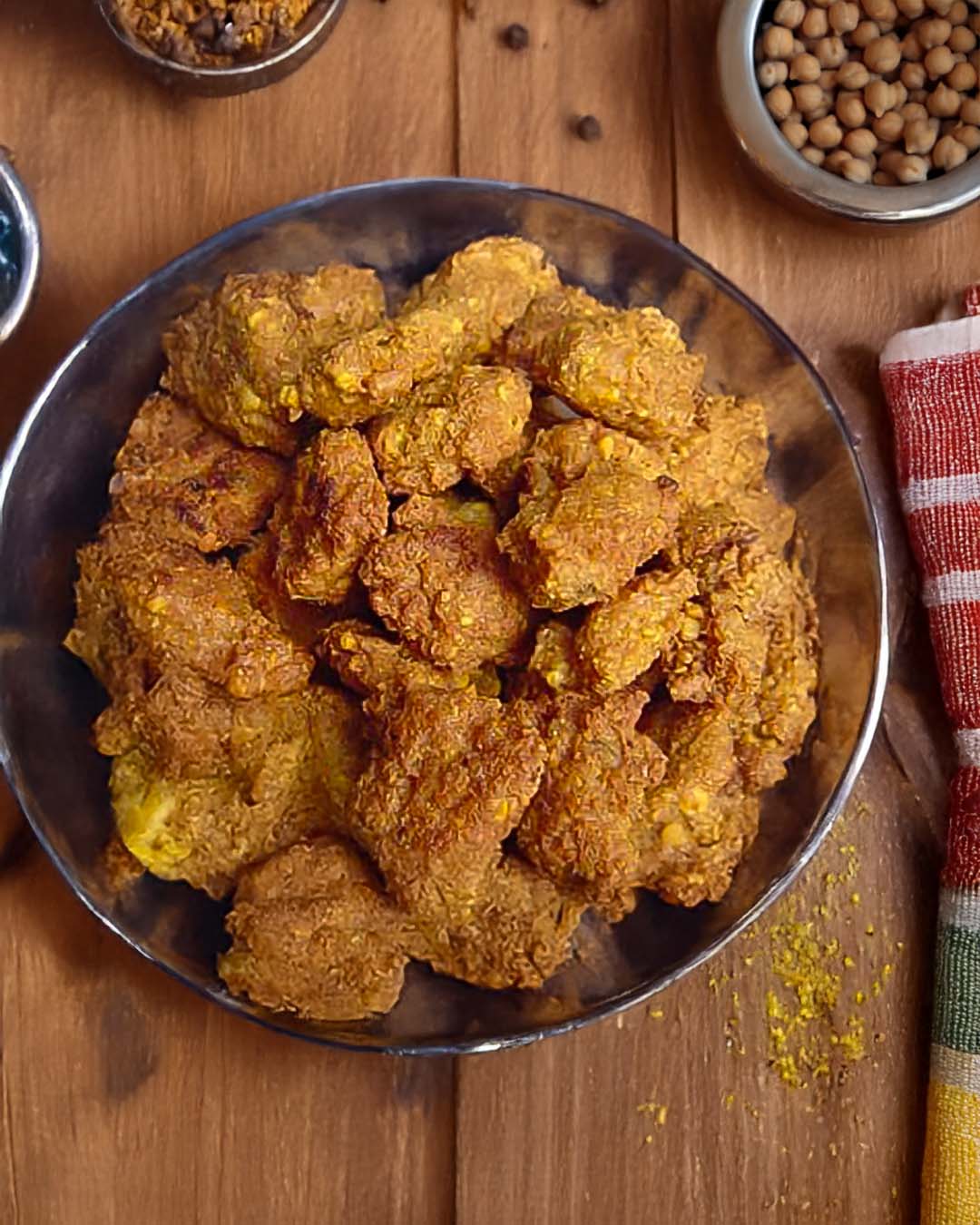
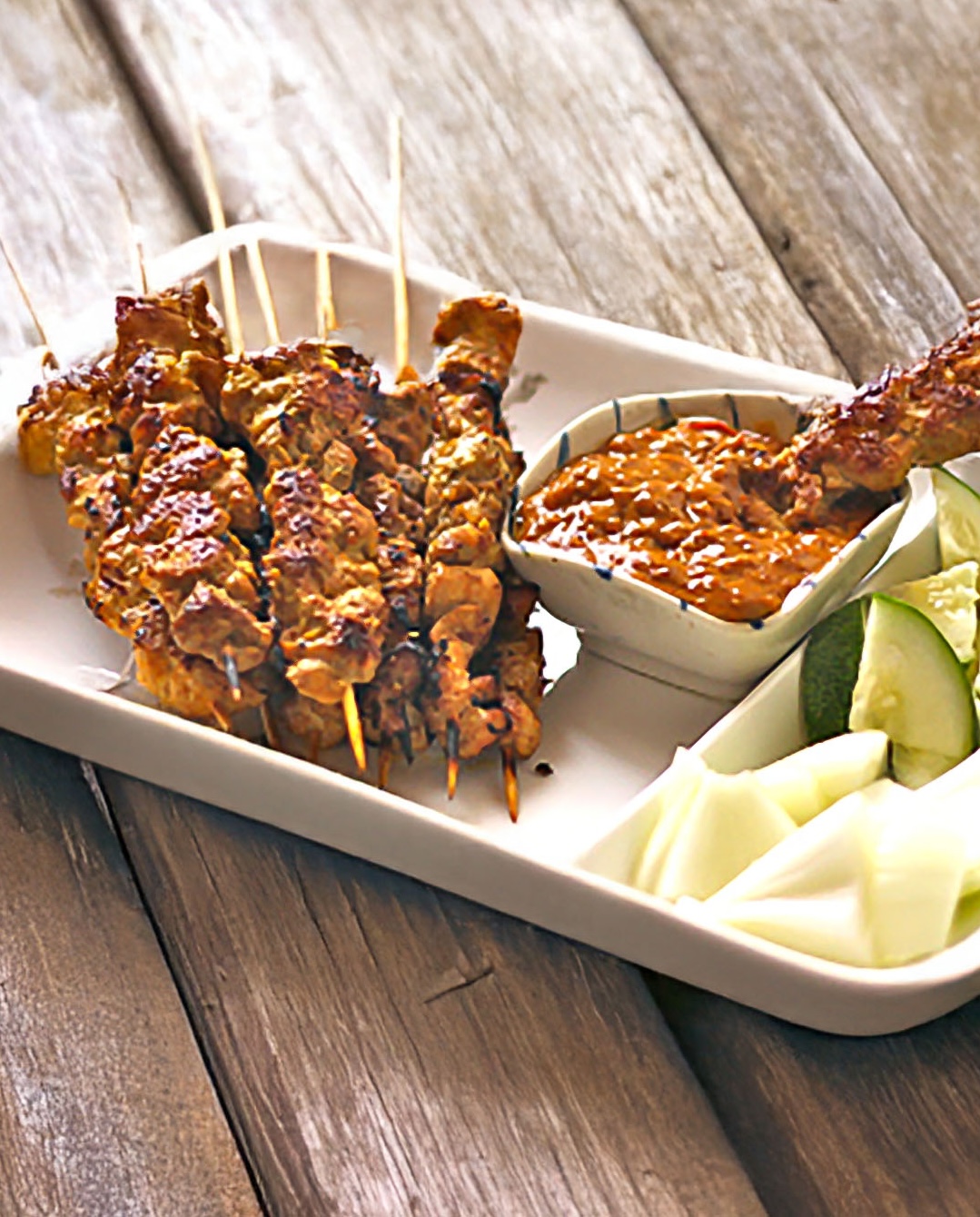

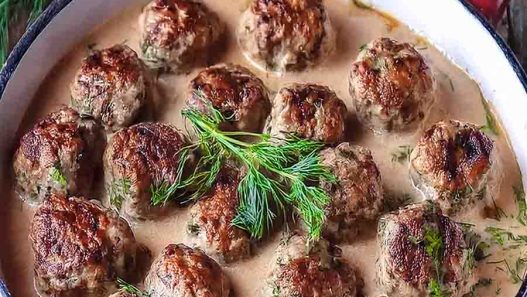
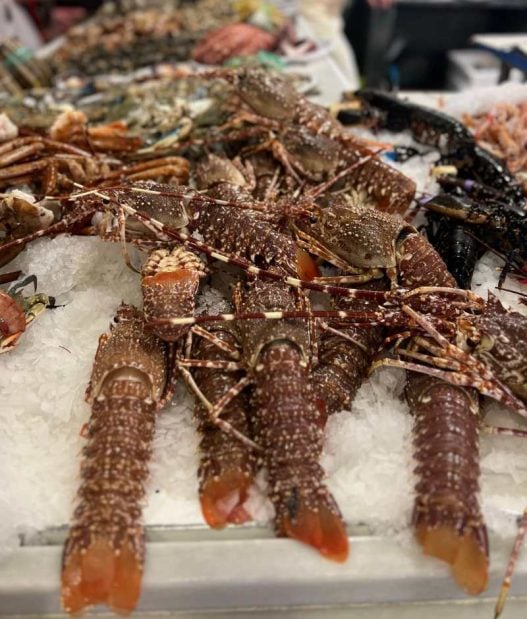
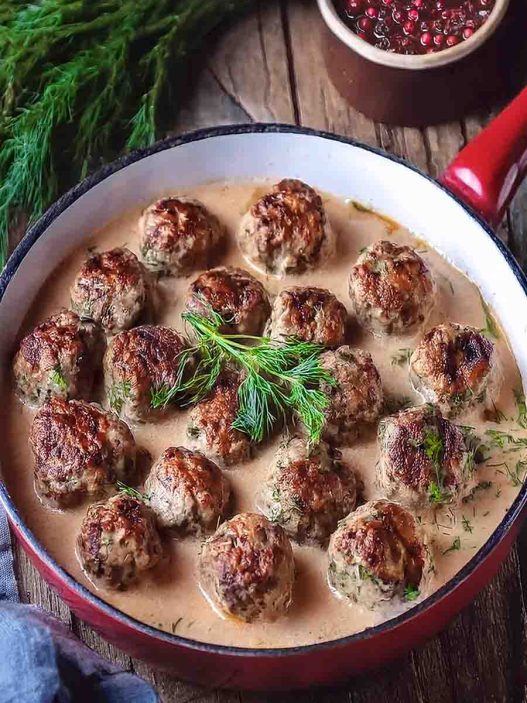
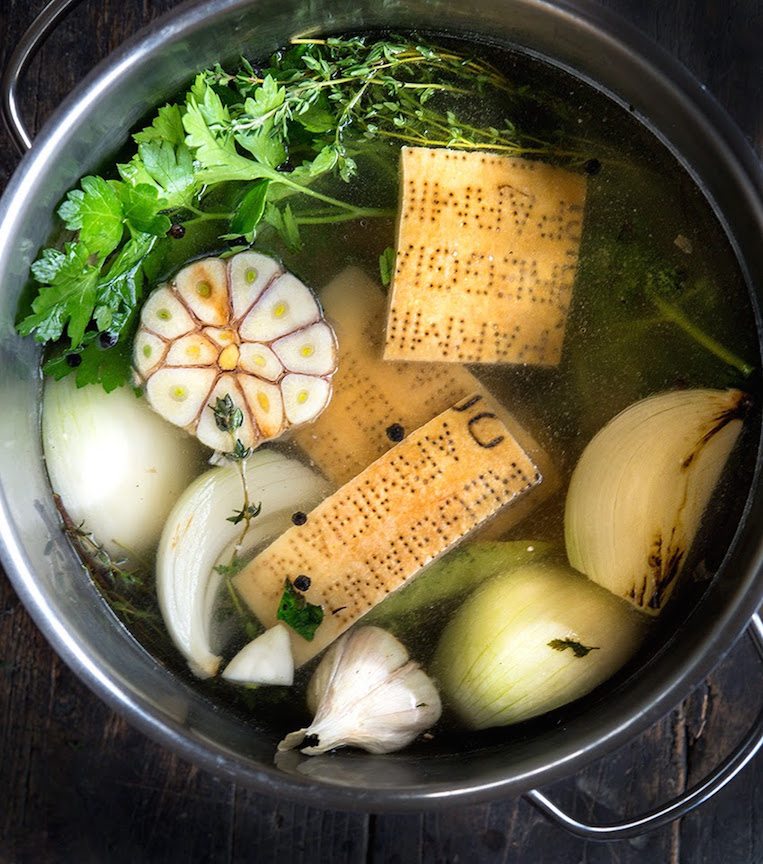

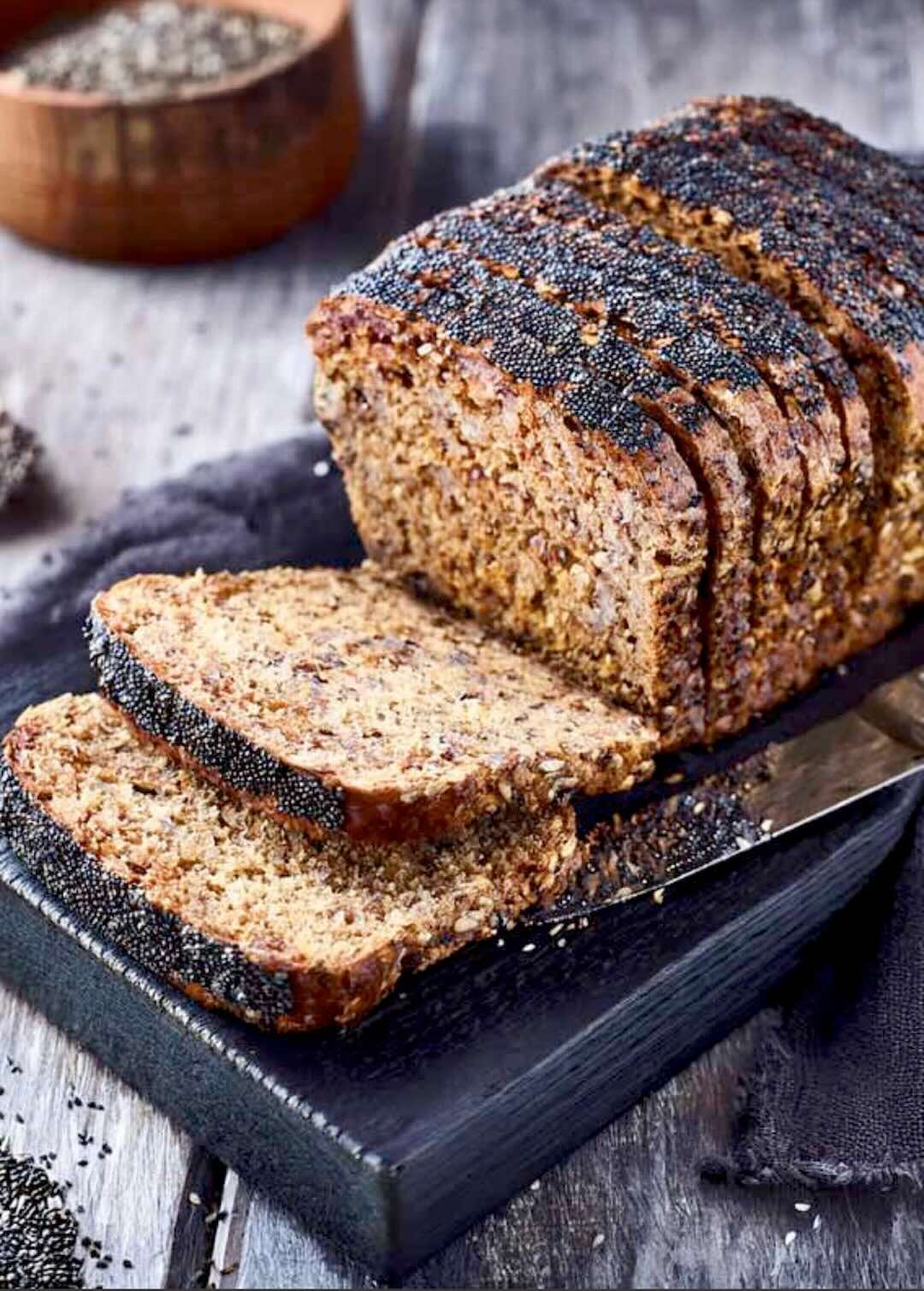
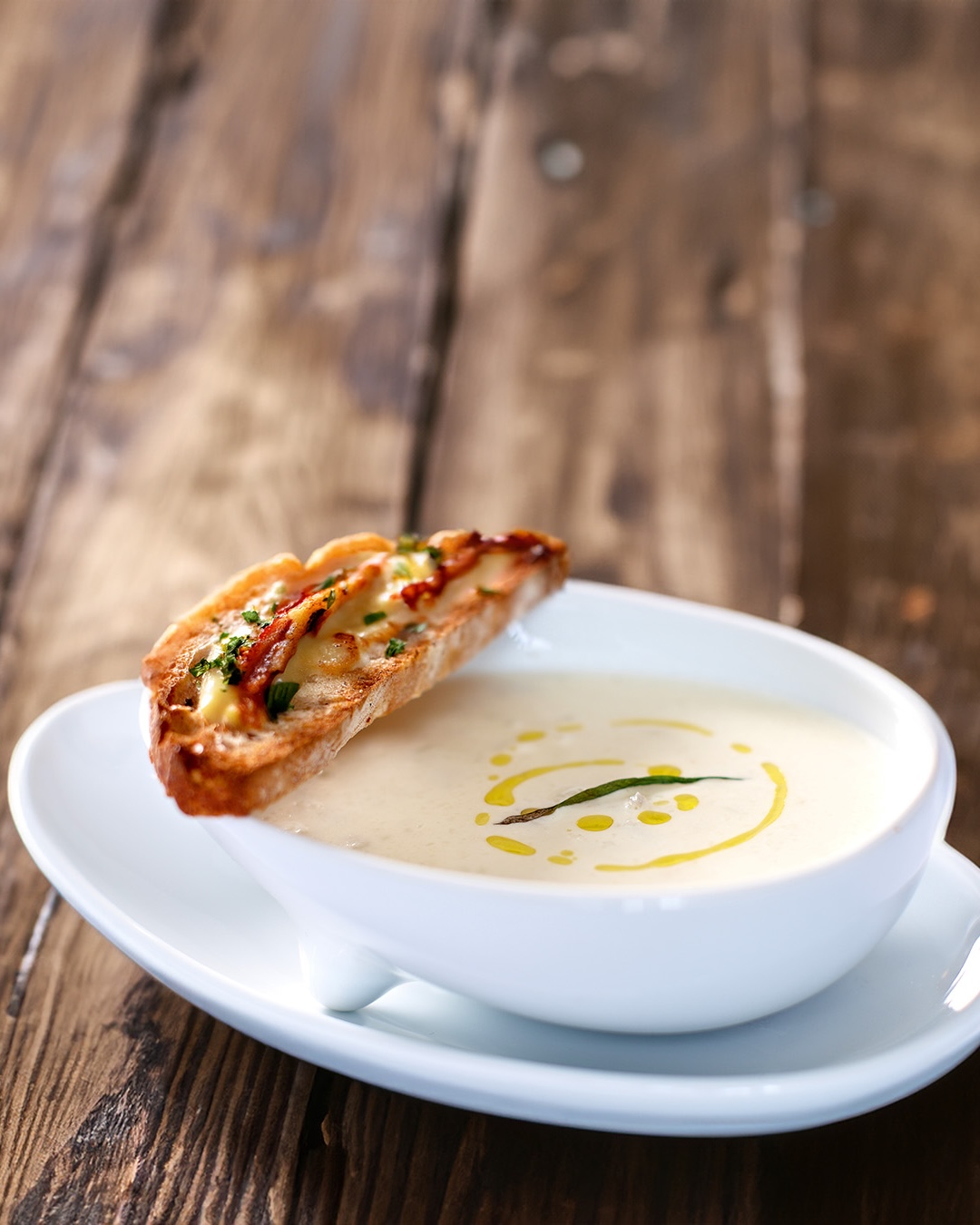
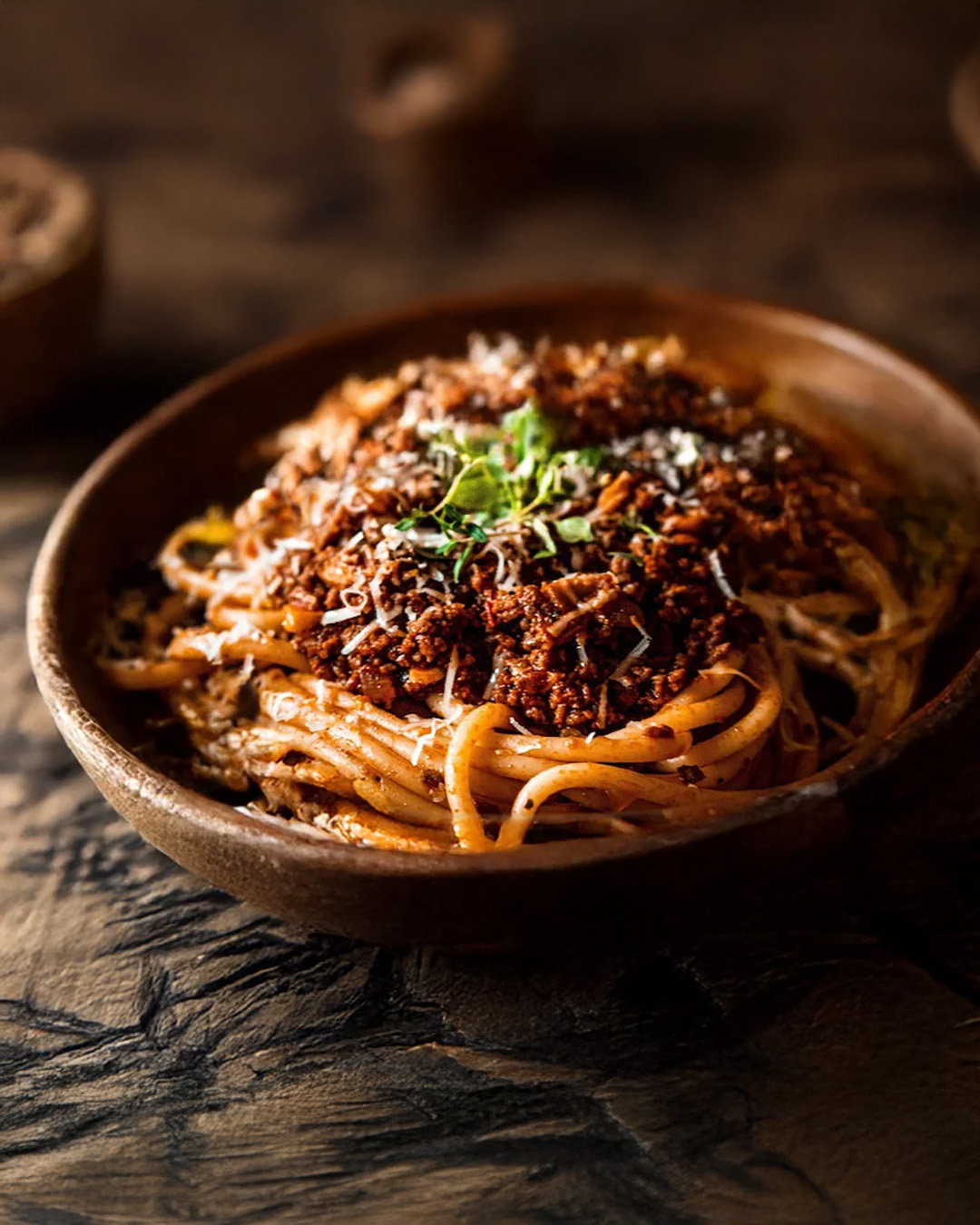
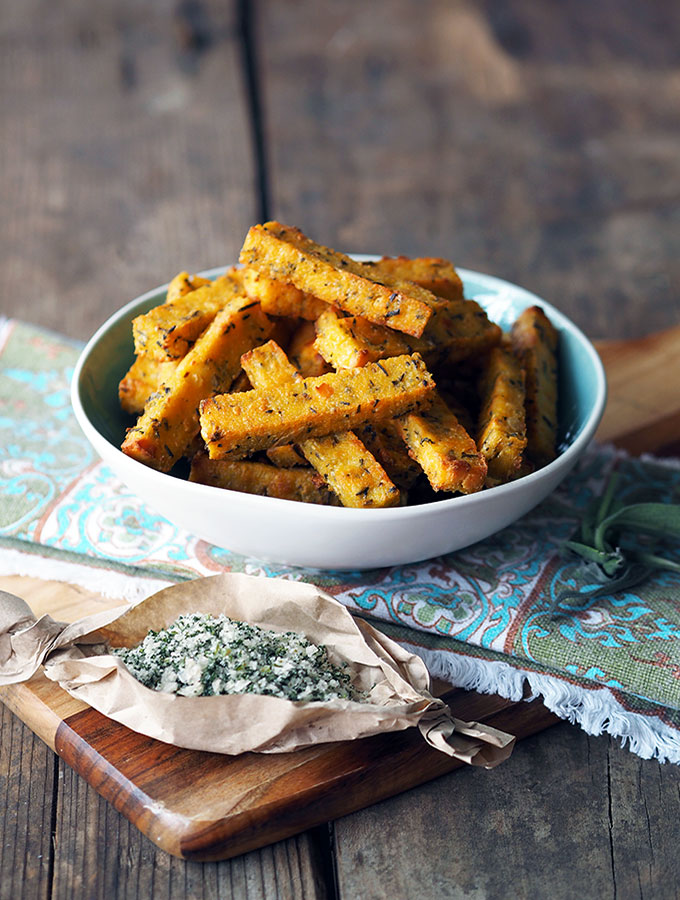
I have been there! It’s fantastic! I had some of the sushi too, and it was delicious. But my favorite was the fried fish, so fresh and crispy.
This looks fantastic! I have always dreamt of seeing the Alhambra, and maybe some day I’ll do it and then come for lunch here.
Love this market, it’s truly special and a favorite of the locals. The seafood is incredible, and the family still runs the place!